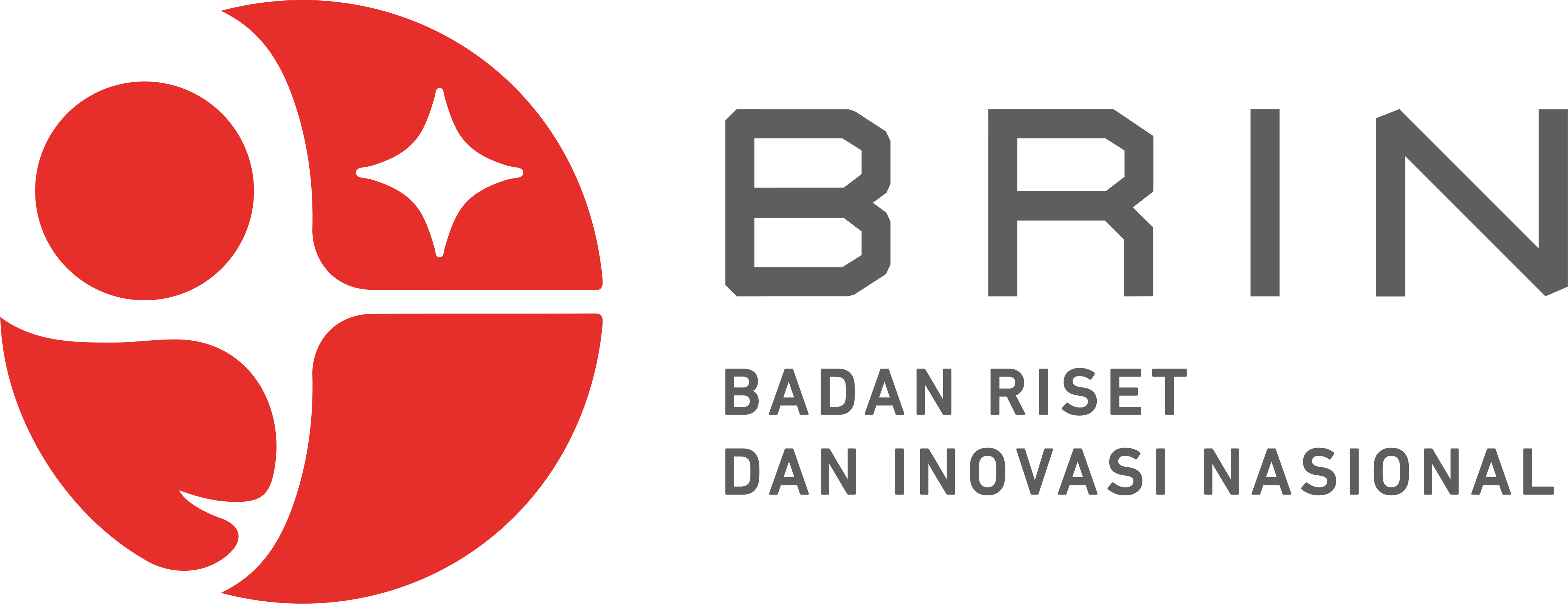Factors Affecting Production Of Salted Anchovy Fish Preservation At Labuhan Maringgai Subdistrict East Lampung Regency
DOI:
https://doi.org/10.25181/esai.v7i1.996Abstrak
Development issues in the fisheries sub-sector is one of fishery products easily damaged and nonperishable, its implications need special handling and good processing of fish.To inhibit the growth of microorganisms that cause decaying in fish can be done two ways, namely the preservation of traditional and modern fishing. One of traditionally fish preservation is done by salting or often called stockfish. This study aims to analyze the production process and the factors that influence the production of salted anchovies fish agro- industry in labuhan Maringgai subdistrict East Lampung regency. The number of samples in this study were 30 respondents. The study was conducted from June to November 2012. Data was analyzed by descriptive qualitative and quantitatively by using multiple regression statistical analysis approach of cobb-douglas production function. The results of this research showed the production of salted anchovies were done traditionally, with the production of agro-processing stages include salted anchovies; sorting of raw materials, washing, boiling, draining, drying, sorting, packaging, and marketing. Resulted average production anchovies agro- industry reached 593.33 kg per period, the annual production capacity reaches 170 times. The factors that significantly affect the production of salted fish agro- industry is raw fish , sinks, deep soaking tubs, and a dummy use of ice, while the factors that did not significantly affect the production of salted anchovies agro- industry is salt, labor, and drying place.Elasticity value of Agro-industry productionof salted anchovies fish preservation in the research area is 1.006 which means Elasticity Production (EP> 1), indicating that the scale of agro economy salted anchovy fish preservation in condition increasing return to scale, the addition of the factors of production will lead to increase a greater production . Keywords: anchovies, production, processing, preservation, and agro-industry.Unduhan
Referensi
Afrianto, E. dan Liviawaty, 1994. Pengawetan dan Pengolahan Ikan. Penerbit Kanisius. Yogyakarta.
Pemerintah Desa Muara Gading Mas Kecamatan Labuan Maringgai. 2012. Monografi Desa. Labuan Maringgai. Kabupaten Lampung Timur.
Djarijah. A.B. 1995. Ikan Asin. Penerbit Kanisius. Yogyakarta ISBN 979-497 496-X. 56 Hal.
Direktorat Jendral Perikanan Tangkap. 2001. Inventarisasi Jenis dan Jumlah Produk Olahan Hasil Perikanan Skala Kecil di Indonesia. Departemen Kelautan dan Perikanan . Jakarta
Dinas Perikanan dan Kelautan Kabupaten Lampung Timur. 2010. Laporan Tahunan 2009. Sukadana.
Departemen Perindustrian, 1982. Pembuatan Ikan Asin. Balai Besar Penelitian dan Pengembangan Industri Hasil Perikanan. Publikasi No 4.
Ghozali, Imam. 2006. Aplikasi Analisis Multivariate. Dengan Program SPSS. Badan Penerbit Universitas Diponegoro. Semarang.
Helda. 2004. Analisis Nilai Tambah Ikan Teri di Pulau Pesaran propinsi Lampung. Skripsi Institut Pertanian Bogor (IPB). Bogor.
Mubyarto. 1987. Pengantar Ekonomi Pertanian. LP3ES. Jakarta.
Rahardi, F, Regina Kristiawati, Nazaruddin., 2001. Agribisnis Perikanan. Penebar Swadaya. Jakarta.
Soekartawi. 1997. Agribisnis. Teori dan Aplikasi PT Raja Grafindo Persada. Jakarta.
. 2003. Teori Ekonomi Produksi : Dengan Bahasan Analisis Fungsi Cobb-Douglas. PT Raja Grafindo Persada. Jakarta.
Singarimbun dan Effendi. 1989. Metode Penelitian Survei. LP3ES. Jakarta
Syarief, R dan Halid. 1992. Teknologi Penyimpanan Pangan. Arcan. Jakarta.
Resmiati, Teti., Skalis Diana, dan Sei Astuty. 2003. Pengasinan Ikan Teri (Stolephorus spp) dan Kelayakan Usahanya di Desa Karanghanlu Serang. Laporan Penelitian. Fakultas Pertanian. Universitas Padjajaran.





















